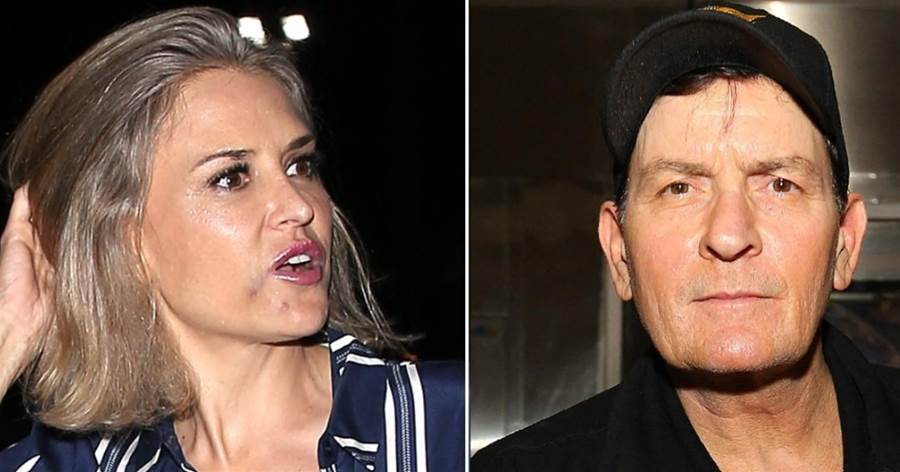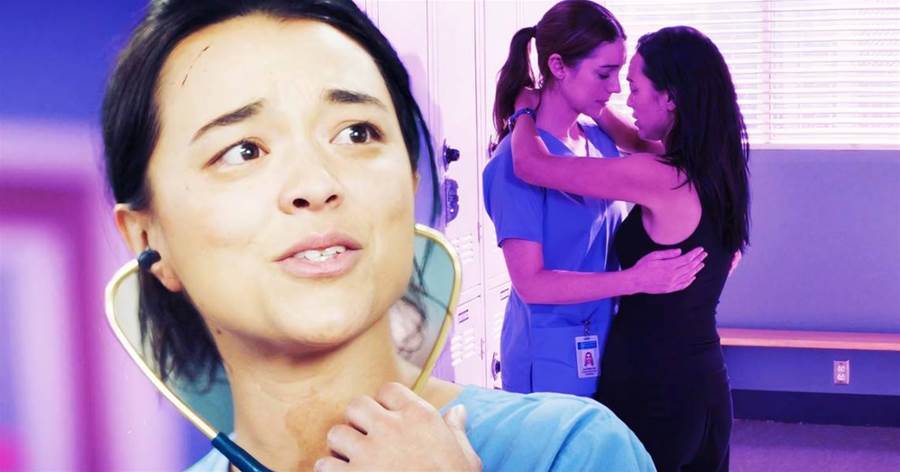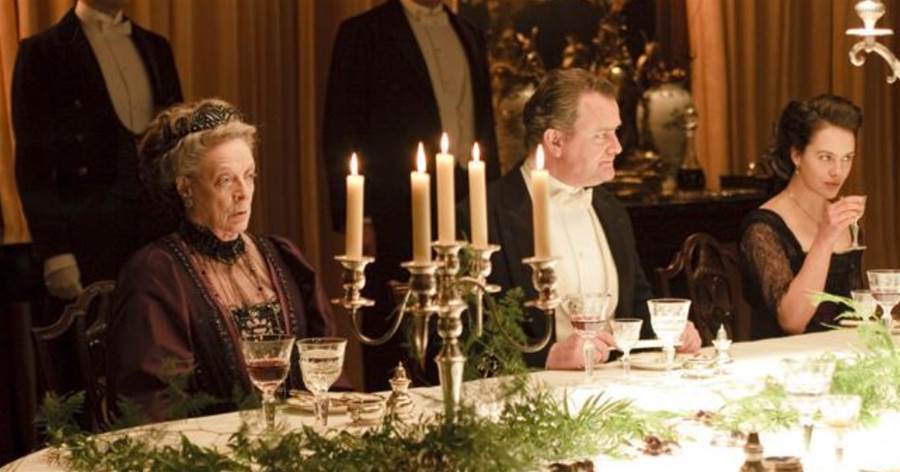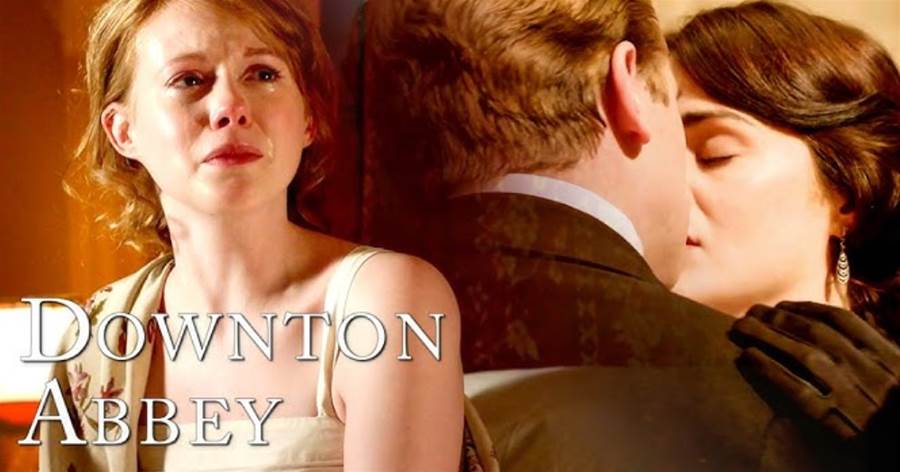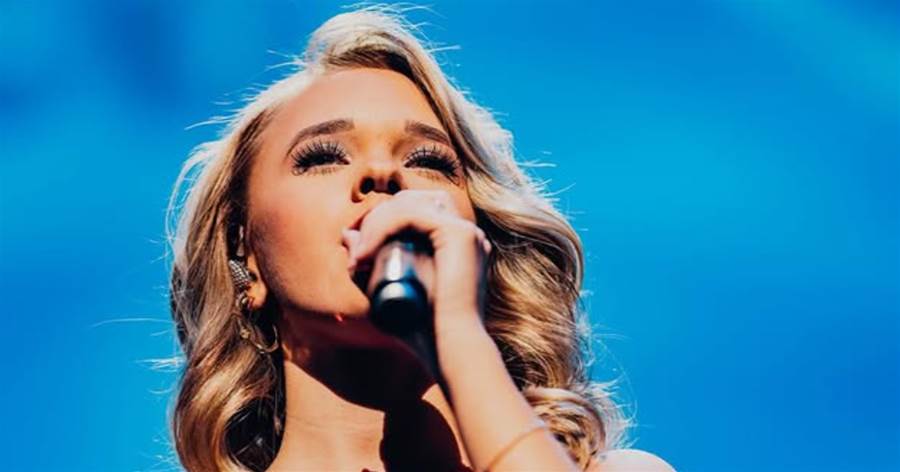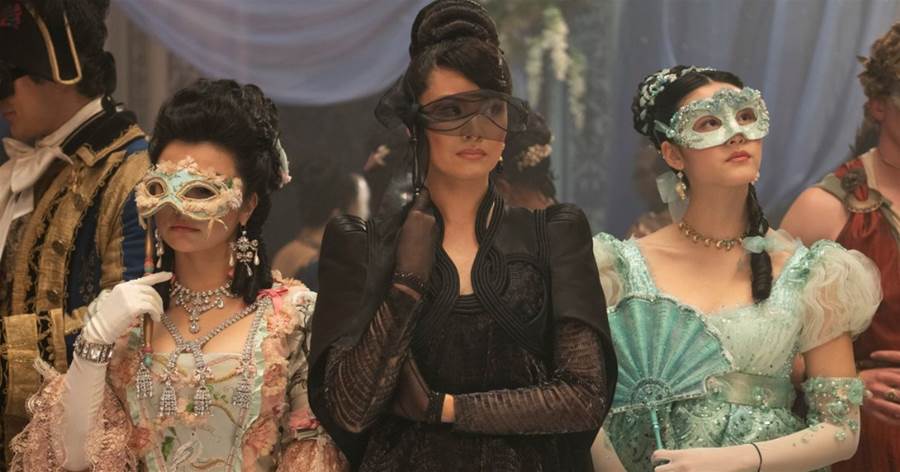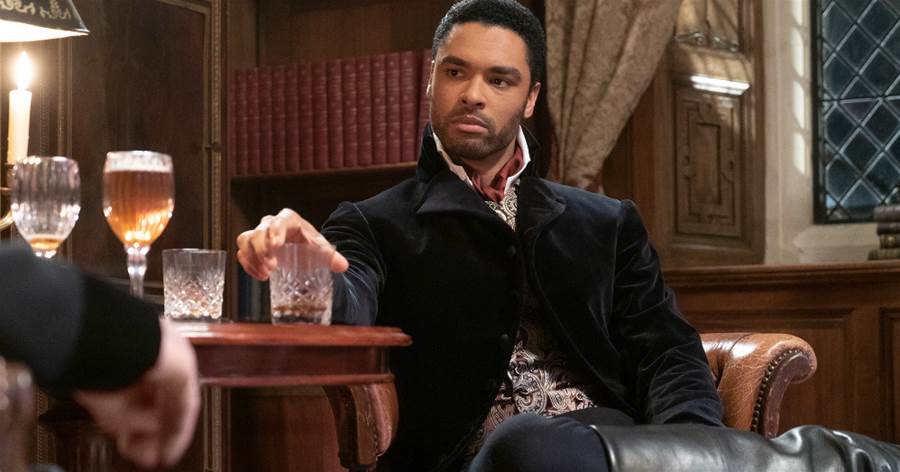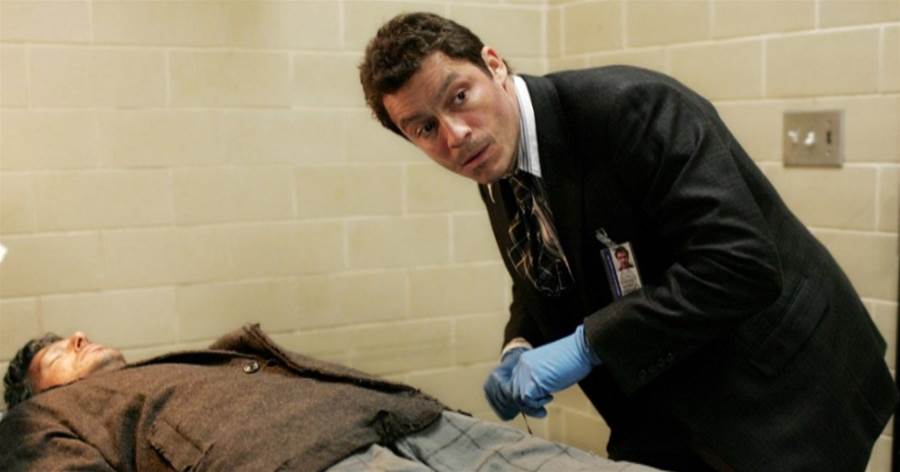
This article is about the process of drawing a realistic portrait using graphite and charcoal pencils. The author explains the steps involved in creating a detailed and lifelike portrait.
The first step is to gather the necessary materials, including graphite and charcoal pencils of varying hardness, a kneaded eraser, blending stumps, and a high-quality drawing paper.
Once the materials are ready, the artist begins by lightly sketching the basic shapes and proportions of the face using a graphite pencil.
The article is not finished. Click on the next page to continue.
The article is not finished. Click on the next page to continue.
Next page